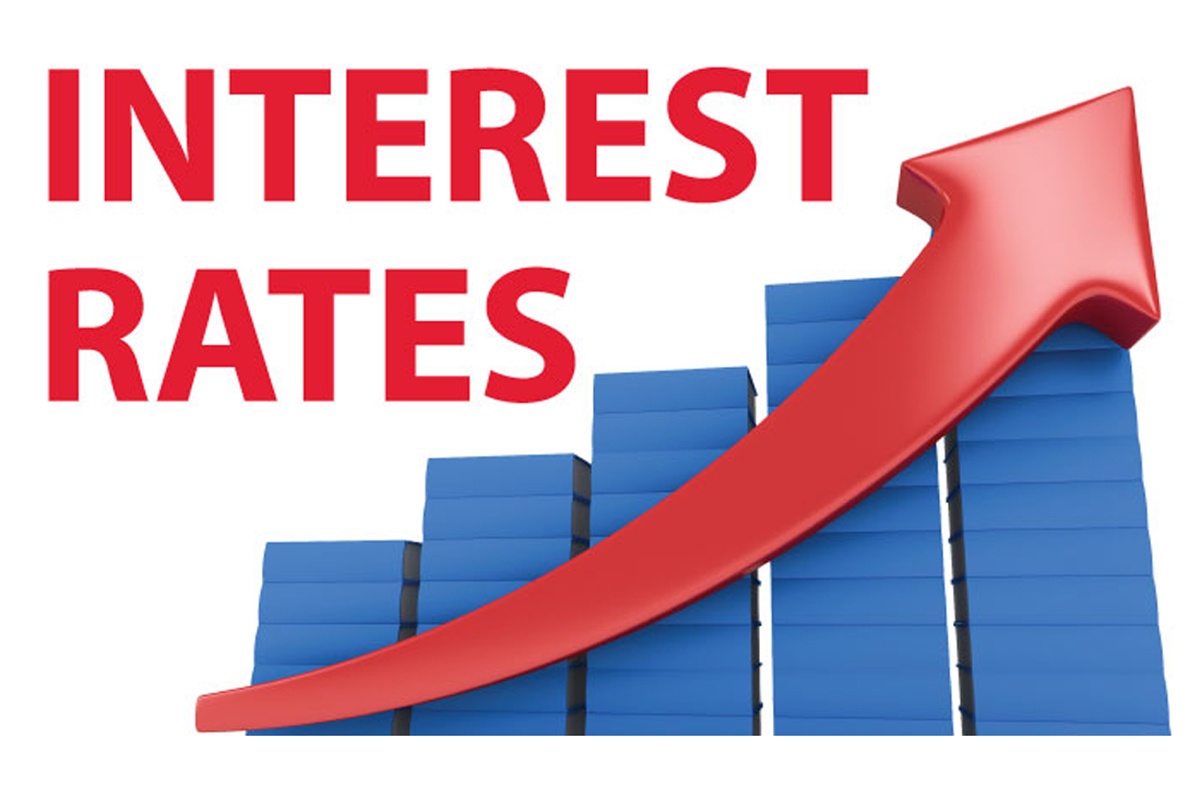At this year’s central banking summit hosted in Jackson Hole Wyoming, Federal Reserve Chair Jerome Powell will deliver a speech on inflation and interest rates in a very different manner from the reassuring one he employed at the same gathering only one year prior.
At the time, Powell presented a number of charts to show why he anticipated a reduction in pricing pressures and thought the U.S. central bank should continue to provide assistance to a country still suffering from pandemic-related unemployment.
When we fast-forward to this week, Jackson Hole’s magnificent mountain background is still there, but the economic environment has changed. Under Powell’s leadership, the Fed is fighting high inflation with the steepest series of rate increases in 40 years.
On Friday, Powell is scheduled to speak at 10 AM EDT (1400 GMT).
Here’s a look at the data Powell used to support his argument a year ago and how things have changed since then.
When Powell looked at the labour market a year ago, it was adding 832,000 jobs per month, but there was still a long way to go before the labour market had reached the Fed’s target of maximum employment.
Despite being substantially too high at 5.4%, the unemployment rate undervalued the job market’s slack. They also anticipate that job growth will remain robust.
However, substantial job creation persisted, possibly more so than Powell anticipated, even though U.S. firms were recruiting at a more modest rate than the data at the time indicated.
Because rising COVID-19 cases didn’t decrease spending as much as predicted and employees who had been displaced by the epidemic weren’t rushing back into the labour market, the gap to the comparable level with full employment swiftly closed.
At 3.5% right now, the jobless rate is at a 50-year low. However, even that number might be an underestimate of how tight the labour market is. While the majority of Fed decision-makers believe full employment to be at or near 4.5%,
Powell stated that he believes the natural unemployment rate to be higher.
What Powell observed a year ago: While broad-based measures of pricing pressures appeared to be low, inflation appeared to be limited to a relatively small set of commodities and services influenced by the pandemic and the restoration of the economy.
They might have been alarmed by indications that inflation expectations were permeating more of the economy.
It turned out that they did disperse. One indicator of broad-based inflation that increased as price pressures expanded from things like used cars or home exercise equipment to a broad range of consumer services and goods was the Dallas Fed’s clipped mean consumer spending expenditures rate of inflation, which Powell mentioned in his speech from the previous year.
Powell observed price moderating in high-inflation goods like used cars a year ago.
It appears doubtful, he said, that durables inflation would continue to make a significant contribution to overall inflation over time, though new data should show more signs that some supply-demand imbalances are correcting.
As it turned out, the durable goods category’s inflation rate just recently started to decline after reaching an unexpectedly late peak as a result of ongoing supply chain issues.
In the meantime, as individuals shift from purchasing things to spending more on travel and dining, the inflation of services is becoming a larger contributor to total pricing pressures.
And now conclusively, in the meeting room where Powell will appear on Friday, the central bankers from across the world who were in charge of containing price pressures over the previous year will be closely monitoring each line on his charts.






















